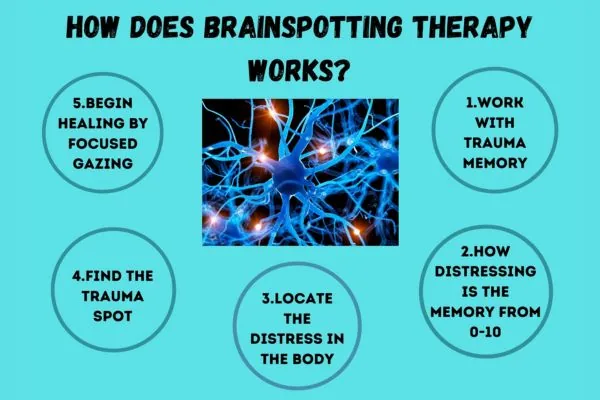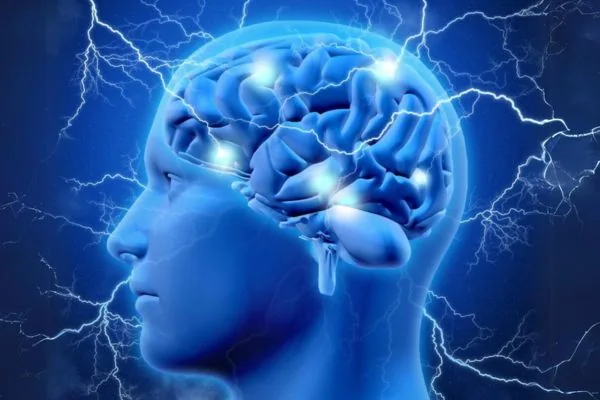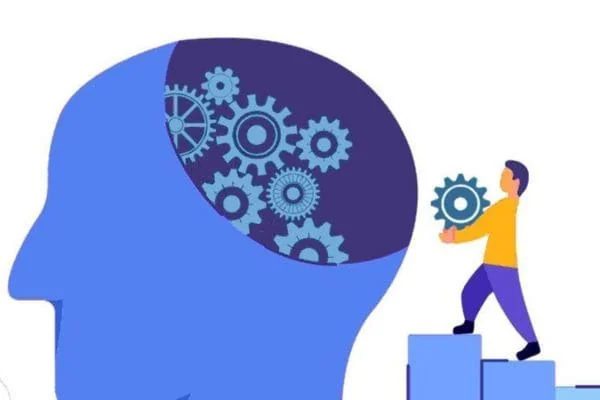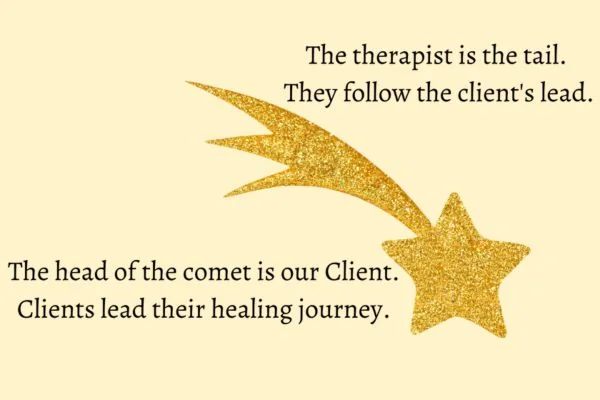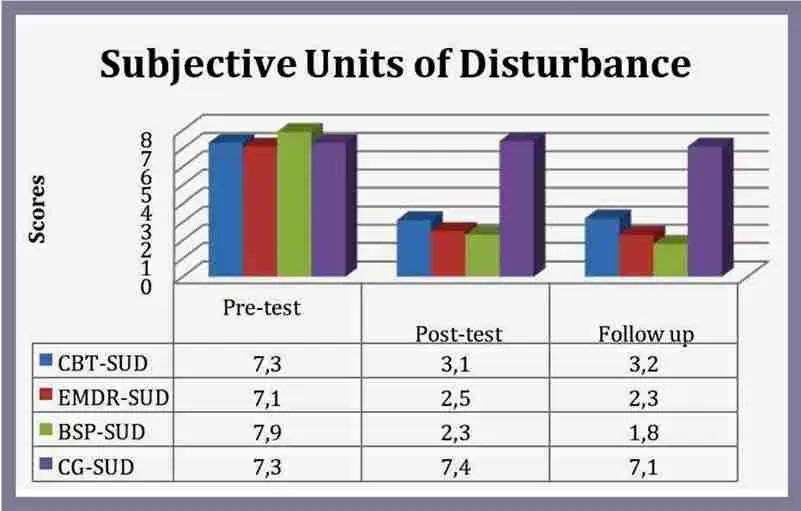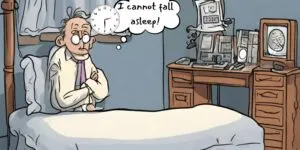“Where you look affects how you feel” – David Grand.
I was introduced to Brainspotting (BSP) by a therapist friend, Joel. He said, “Reena do you know that you may see trauma differently from different sides?”
Brainspotting therapy immediately captured my interest. I joined the Brainspotting course with trainer Roby Abeles and co-facilitator Noula Diamantopoulos. I want to profusely thank Roby and Noula for introducing me to this remarkable healing therapy.
I enjoy working with Brainspotting Therapy as well as Eye Movement Desensitisation and Reprocessing (EMDR). I am excited to talk about Brainspotting, the relatively new therapy.
What is Brainspotting Therapy?
Notice where your eyes go when you are feeling sad, or happy or as you reflect. They will move in a specific direction unconsciously.”
Brainspotting is a revolutionary new therapy for a rapid and effective therapeutic approach to healing clients who experience traumatic events and/or PTSD. David Grand discovered this therapy in 2003.
Brainspotting uses the natural cues from the body and brain for self-healing to take place.
BSP is brain-based therapy. Brainspotting a recent phenomenon where the treatment gets direct access to the brain. It works with the client’s brain to locate trauma spots or trauma capsules. Dr Grand stated that Brainspotting harnessed the brain’s natural ability to self-scan, and in turn, find, activate and heal the sources of emotional trauma and distress in the body.
Who is David Grand?
David discovered and developed Brain-Spotting.
David Grand practised Eye Movement Desensitisation and Reprocessing Therapy (EMDR).
He is an observer and has an intense curiosity about healing trauma when a technique is not working.
He initiated and taught many therapists in the USA and worldwide an EMDR technique called – ‘Soft Flow EMDR’.
When he was working with one of his clients, an ice-skater, he realised as he moved his fingers (EMDR protocol), the client would blink and stare at a point. Brainspotting therapy has evolved from there.
David is famous in the psychology circles for his groundbreaking healing trauma discoveries. He discovered Brainspotting and continues with his observations and research to advance the theory for rapid and effective changes to heal and process trauma.
He revolutionised healing human suffering by combining the strengths of Brain-based and talk therapy.
What Issues Are Treatable with Brainspotting Therapy?
The neuroscience behind Brainspotting – Understanding our brain.
How Does Brainspotting Therapy Work?
“Where you look affects how you feel” by David Grand is the core of Brainspotting therapy.
When you experience a painful memory or something that is troubling you or upsetting you, how you feel will literally change depending on which side you are looking – right, centre or left.
Brainspotting is a brain-based therapy that works with our eyes and our brain parts.
Our eyes and brain are intricately woven together. What we see is sent as signals to our brain. The brain processes these signals and organises them in the respective neural networks, just like a filing system. These memories are retrievable from these networks as and when we may need them.
However, when we experience a traumatic event or painful experiences, our brain cannot process and slot them into neural networks. Brain’s processing capacity can be overwhelmed, leaving fragments or pieces of trauma in a frozen state.
These trauma emotional experiences frozen can also be called trauma capsules. Isolated and not part of any network.
Brainspot is the trauma capsule. Brainspot is the frozen emotional experience that is also observable as distress in our body.
Locating brain spots is called “mapping for brain spots”. BSP therapists are trained to help clients find their brain spots.
Brainspotting uses our eyes to find where these frozen pieces of traumatic experiences may reside in our brain. Our eyes have an incredible capacity. They can look outwards as if gazing on the spot, but at the same time, they can also ‘scan’ back inwards into the brain and locate the internal spots of trauma.
Brainspotting works in a simple way. The therapist journeys with their client to locate the trauma capsules. The client then focuses on the spot outwardly, but the brain is focusing on the location internally. This focus promotes deep processing that releases trauma from its capsule, and the capsule dissolves.
I have now worked with many clients, and they find it amazing to see how quickly they start healing.
One of my client’s feedback is, “Counselling sessions with Reena have been of great value to me. Past few years, I have been suffering from a generalised anxiety disorder. The Brainspotting technique used by her in the sessions was magical; it helped me unfold my deepest thoughts. Her gentle enquiry to further the exploration was both soothing and healing. Every session had outstanding results. Thank you so much!!”
Brainspotting therapy’s incredible powers have helped me to heal many clients with their traumas.
What Can You Expect from Brainspotting Therapy as a Client?
Every therapist will have a different protocol to follow. The fantastic part of Brainspotting therapy is its power to integrate with other therapeutic approaches a therapist uses.
Usually, I assess if Brainspotting will work for my clients. I have successfully used different Brainspotting techniques to heal my clients.
Usually, all clients have a healing goal. They have traumas or memories or fears or phobias they would like to overcome.
Brainspotting is a self-healing therapy. It’s about client knowing themselves the best. My client is the head of the comet, and I am the tail, gently following my client’s lead.
I help my client’s wise brain and body to start recognising their trauma spots and healing.
For example, if a client notices that they their heart is beating fast as they are talking about a particular issue that is disturbing them. I ask my client to find eyespots – left, right, centre, up, down, far or near, where the disturbance is maximum.
Once we find the Brainspot, a client directs their focus on the spot. They allow all thoughts, emotions and body feelings to come and go. There is no right or wrong. This process continues with some breaks until the client has fully processed and healed from the painful experience or trauma or anxiety, or a few minutes before the session will end. Healing may take more than a few sessions.
We take the last few minutes to debrief on what was happening. And many times, this helps the brain give a new language and explanation to the past experiences.
Brainspotting may seem as if nothing is happening except focused gazing. However, the client’s subcortical brain is working. It’s full of emotional work and can lead to exhaustion and fatigue after a session.
I have had a few clients who say to me, “Reena, after doing Brainspotting, I agree my activation has gone down tremendously. But I think it’s because I can relax with Brainspotting during the session. It will come back after I go home.” Usually, they report that either it has not come back or the severity is low. And most are excited to continue their healing journeys.
What Are Some Case Studies and Evidence for The Effectiveness of the Technique?
There is a growing pile of researches indicating the effectiveness of Brainspotting. You can also visit David Grand’s website to find all the studies listed. Let me make a note of a couple of researches.
A 2016 report prepared by Newton-Sandy Hook Community Foundation found Brainspotting the most effective therapeutic form of treatment for the victims of tragic events at Sandy Hook Elementary School on December 14, 2012.
Dr Javier Anderegg conducted a clinical experiment to study the effectiveness of three therapeutic interventions to treat generalised anxiety disorder (GAD). The study involved 59 clients suffering from GAD split randomly to any one of the techniques. Nineteen patients were left in the waiting control group; that is, they were not involved in any of the three interventions.
The three techniques included were.
- Cognitive Behaviour Therapy (CBT)
- Eye Movement Desensitisation and Reprocessing (EMDR)
- Brainspotting (BSP)
- A control group not administered either of the above.
The effectiveness of each therapy was measured using different scales. I am listing the Subjective Units of Disturbance scale here. 10 is a very high disturbance, and 0 is no disturbance.
The effectiveness of the three treatment programs to measure the SUD with scores that show therapeutic efficacy after treatment but differ in follow up, appreciating an improvement in the group treated with BSP and scores increased in CBT group slightly.
How Do I Sign Up?
If you are interested in healing your traumas, do sign up by clicking on this link. I would love to be there with you on your healing journey.
Contact Us – Insightful Counselling and Training
References
- Grand, D. (2013). Brainspotting: the revolutionary new therapy for rapid and effective change. Boulder, CO: Sounds True, Inc.
- Brainspotting Australia Asia Pacific website – Research & Case Studies https://brainspotting.com/research-and-case-studies/
- About David Grand – https://brainspotting.com/about-bsp/david-grand-phd/




